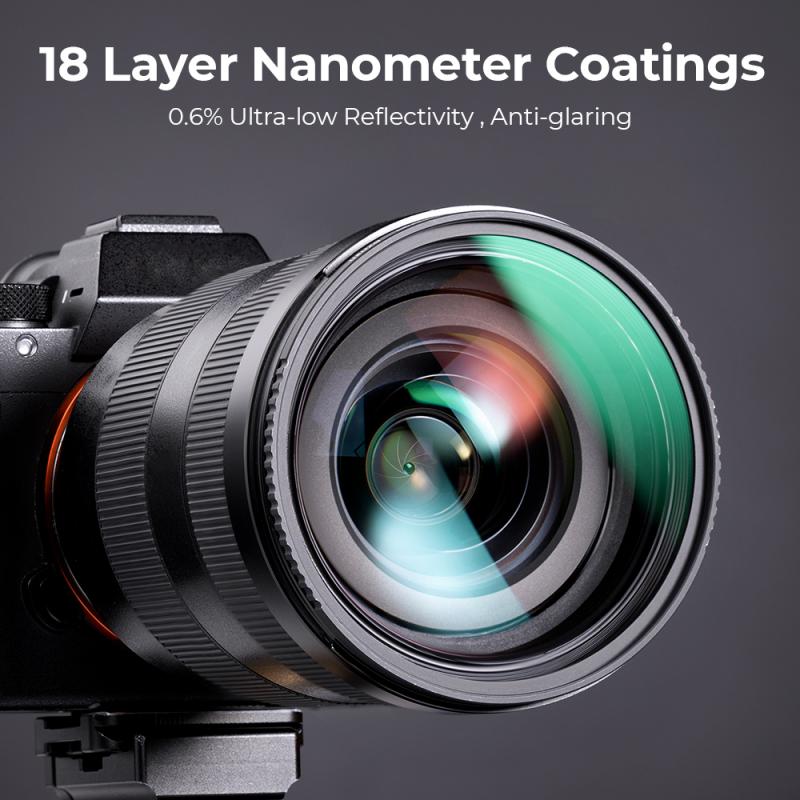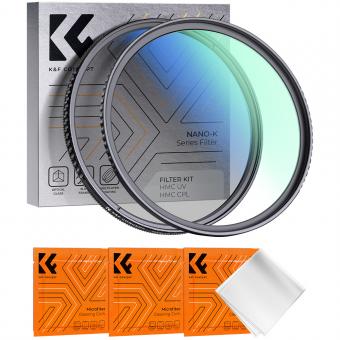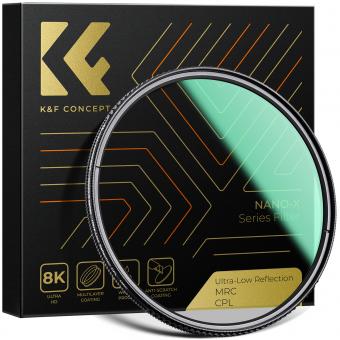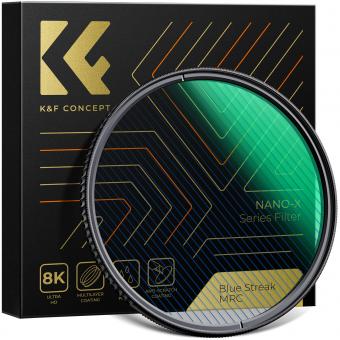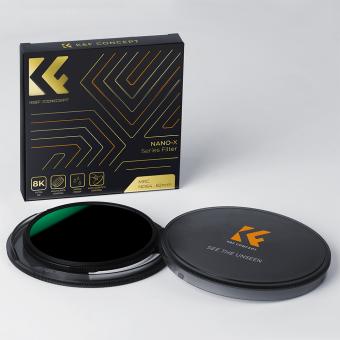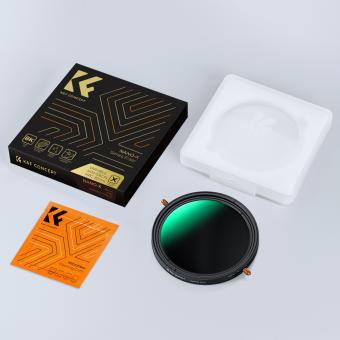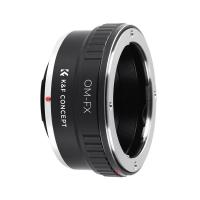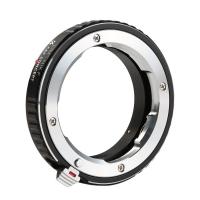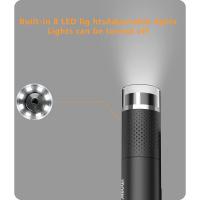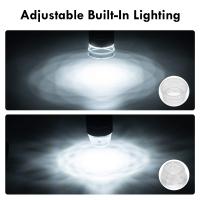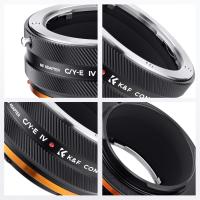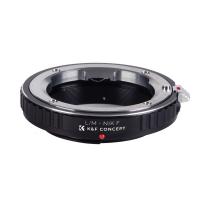What Does A Circular Polarizer Do ?
A circular polarizer is a type of camera filter that helps to reduce glare and reflections from non-metallic surfaces, such as water or glass. It achieves this by selectively blocking certain polarized light waves while allowing others to pass through. This results in improved color saturation, increased contrast, and overall enhanced image quality. Additionally, circular polarizers can also darken skies and make clouds stand out more prominently in landscape photography.
1、 Light filtration: Reduces glare and reflections from non-metallic surfaces.
A circular polarizer is a type of camera filter that is commonly used in photography to reduce glare and reflections from non-metallic surfaces. It works by selectively filtering out certain polarized light waves, allowing only light waves that are aligned in a specific direction to pass through the filter.
Glare and reflections can be a major issue when photographing scenes that involve water, glass, or other shiny surfaces. These reflections can obscure details and reduce the overall quality of the image. By using a circular polarizer, photographers can effectively minimize these unwanted reflections and capture clearer, more vibrant images.
The circular polarizer achieves this by blocking light waves that are reflected off non-metallic surfaces at certain angles. When the filter is rotated to the correct position, it aligns with the polarized light waves and allows them to pass through, while blocking the rest. This results in reduced glare and reflections, and enhances the overall contrast and saturation of the image.
In addition to reducing glare and reflections, circular polarizers also have the ability to enhance the colors in a photograph. By selectively filtering out certain wavelengths of light, they can intensify the blues in the sky, make foliage appear more vibrant, and bring out the natural colors of a scene.
It is important to note that circular polarizers are most effective when used at certain angles to the light source. Therefore, photographers need to adjust the filter's rotation to achieve the desired effect. Additionally, circular polarizers can also reduce the amount of light entering the camera, so it is necessary to compensate for this by adjusting the exposure settings accordingly.
In recent years, advancements in digital post-processing software have allowed photographers to mimic the effects of a circular polarizer to some extent. However, the use of an actual filter still offers distinct advantages, such as reducing glare in real-time and enhancing colors directly in-camera.
Overall, a circular polarizer is a valuable tool for photographers looking to improve the quality of their images by reducing glare and reflections from non-metallic surfaces. It is a versatile filter that can greatly enhance the visual impact of a photograph, making it a worthwhile investment for both amateur and professional photographers.
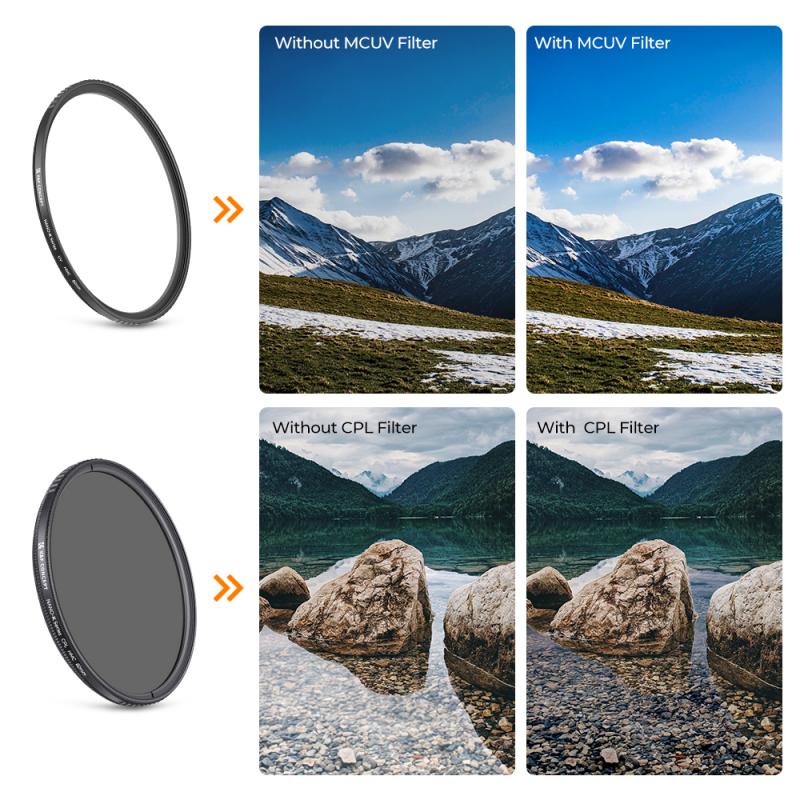
2、 Contrast enhancement: Improves color saturation and overall image clarity.
A circular polarizer is a type of camera filter that is commonly used in photography to enhance the quality of images. It works by reducing glare and reflections from non-metallic surfaces, such as water or glass, and also helps to improve color saturation and overall image clarity.
One of the main functions of a circular polarizer is contrast enhancement. By reducing the amount of reflected light, it helps to bring out the details in the subject and make the colors appear more vibrant. This is particularly useful when photographing landscapes or scenes with a lot of sky, as it can make the clouds stand out more and create a more dramatic effect.
In addition to contrast enhancement, a circular polarizer also helps to reduce glare and reflections. This is especially beneficial when shooting in bright sunlight or near water, where reflections can often be distracting. By rotating the filter, you can adjust the amount of polarization to achieve the desired effect.
Furthermore, a circular polarizer can also be used to darken the sky and make it appear more saturated. This can create a more pleasing and dramatic effect in landscape photography, especially when combined with other techniques such as long exposures or HDR (High Dynamic Range) imaging.
It is worth noting that while a circular polarizer can greatly enhance the quality of images, it is important to use it judiciously and not overdo the effect. Like any other filter, it can also introduce certain artifacts or color shifts if not used correctly. Therefore, it is recommended to experiment with different settings and angles to achieve the desired result.
In conclusion, a circular polarizer is a valuable tool for photographers as it helps to reduce glare, enhance contrast, and improve color saturation. By effectively managing light and reflections, it allows photographers to capture more vibrant and visually appealing images.
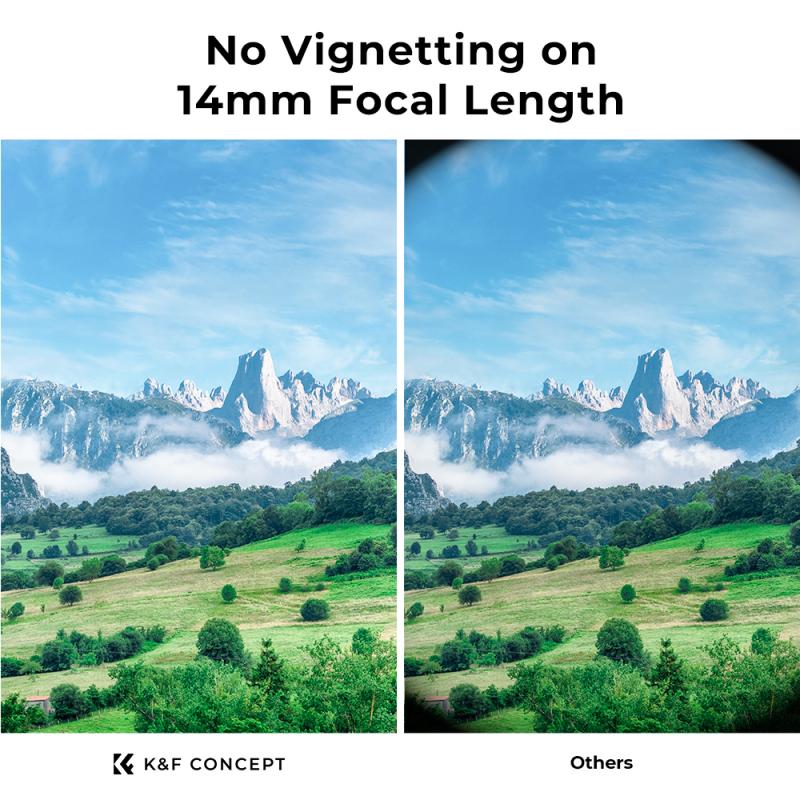
3、 Sky darkening: Deepens the blue color of the sky.
A circular polarizer is a type of camera filter that is commonly used in photography to enhance the quality of images. It works by reducing glare and reflections from non-metallic surfaces, such as water or glass, and also by increasing the saturation of colors in the image. However, one of the most notable effects of a circular polarizer is its ability to darken the sky.
When a circular polarizer is used, it selectively filters out light waves that are polarized in a certain direction. This helps to reduce the amount of scattered light in the atmosphere, resulting in a darker and more saturated sky. The filter achieves this by blocking light waves that are reflected off particles in the air, such as dust or water droplets, which tend to scatter light in all directions. By reducing this scattered light, the filter allows the true color of the sky to come through, resulting in a deeper and more vibrant blue.
It is important to note that the effect of a circular polarizer on the sky can vary depending on the angle at which the filter is rotated. By rotating the filter, photographers can adjust the intensity of the effect, allowing for greater control over the final image. Additionally, the effect of a circular polarizer can be more pronounced in certain weather conditions, such as when the sky is clear and the sun is at a low angle.
In recent years, there has been some debate about the use of circular polarizers in photography, particularly in landscape photography. Some argue that the effect of a polarizer on the sky can appear unnatural and overly saturated, while others appreciate the enhanced colors and contrast it provides. Ultimately, the decision to use a circular polarizer is a matter of personal preference and the desired aesthetic of the photographer.
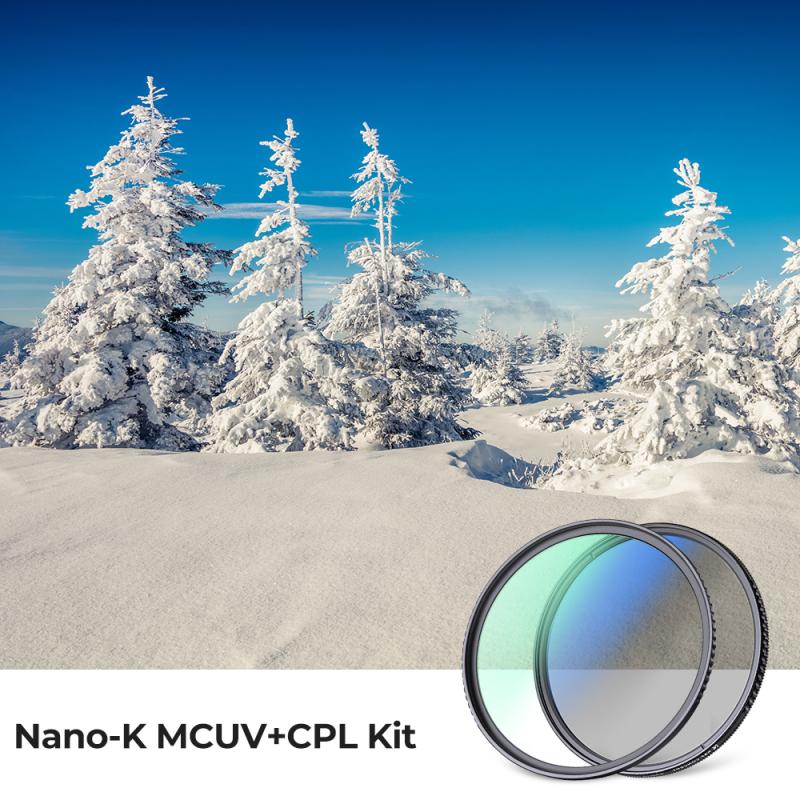
4、 Water transparency: Enhances visibility in bodies of water.
A circular polarizer is a type of camera filter that is commonly used in photography to enhance image quality and reduce glare. It works by selectively filtering out certain polarized light rays, resulting in improved color saturation, contrast, and overall image clarity.
When it comes to water transparency, a circular polarizer can be particularly useful. It helps to reduce the glare caused by sunlight reflecting off the surface of the water, allowing for better visibility beneath the water's surface. This is especially beneficial when photographing or observing underwater landscapes, marine life, or any other objects submerged in water.
By reducing the glare, a circular polarizer filter enables the camera to capture more details and colors that would otherwise be obscured. It enhances the visibility of underwater features, such as rocks, corals, and plants, making them appear more vibrant and defined. This can greatly enhance the overall quality of underwater photographs or videos.
Moreover, a circular polarizer can also be beneficial in other water-related scenarios, such as capturing images near waterfalls, rivers, or lakes. It helps to reduce reflections on the water's surface, allowing for a clearer view of the submerged objects or the landscape surrounding the water body.
It is important to note that the effectiveness of a circular polarizer filter may vary depending on factors such as the angle of the sun, the water's turbidity, and the specific camera settings. Therefore, it is recommended to experiment with different filter orientations and camera settings to achieve the desired results.
In conclusion, a circular polarizer filter enhances visibility in bodies of water by reducing glare and improving color saturation and contrast. It is a valuable tool for underwater photography, as well as for capturing images near water bodies, and can greatly enhance the overall image quality in such scenarios.
